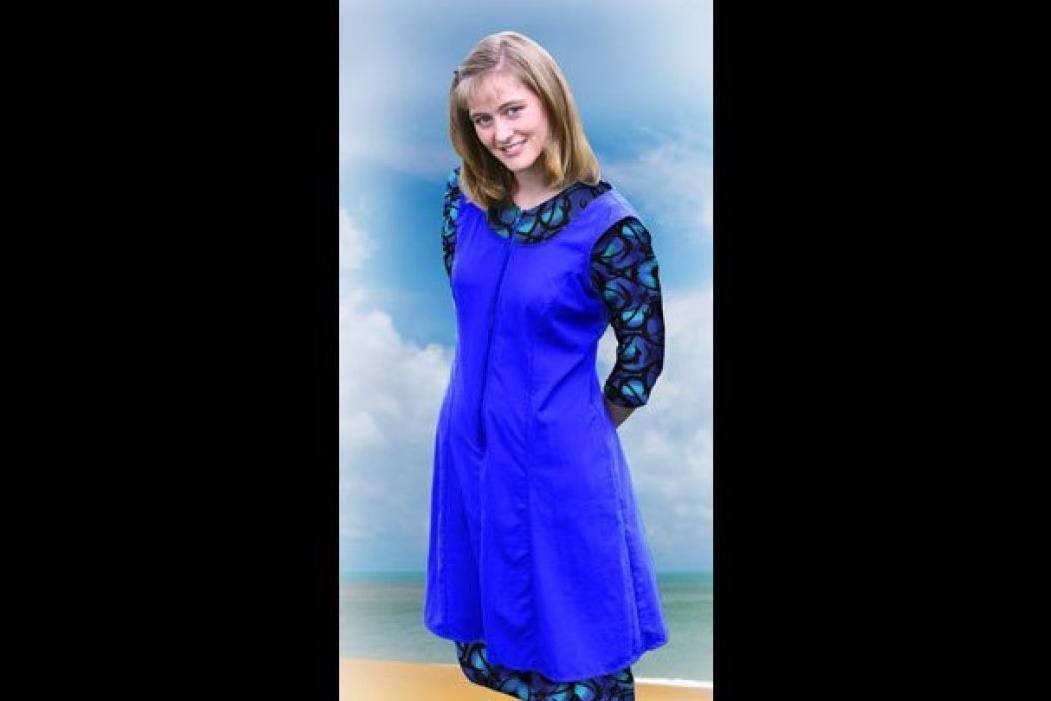The Wall Street Journal reports that less revealing bathing suits are a bit of a trend, with niche shops now catering to women who prefer styles that cover more skin. Many of these brands are run by people with religious reasons for their own fashion choices.
In 2003, Susan O. Michelman looked at the interplay between religion and fashion, tracing what she calls a religious backlash against revealing clothing in popular culture. Michelman quotes modern Jewish and Christian authors who link immodest dress to the growing acceptance of sexual behavior among unmarried young adults.
The response to more lenient norms comes largely from the huge US evangelical movement. Michelman notes a Gallup survey that found about four in 10 Americans identified as evangelical or born-again Christian at the time she was writing. Enrollment at evangelical colleges had grown 26 percent in just five years, though it still represented only 3.1 percent of the total U.S. four-year college enrollment.
Unlike fundamentalist Christianity, with its biblical literalism and anti-intellectualism, Michelman writes that the modern evangelical movement tends to be “personal, therapeutic, entrepreneurial,” according to one scholar. Still, evangelicals oppose feminist ideas about gender equality and call on women to control sexual mores in their relationships with men, partly by concealing their bodies. One prominent spokeswoman for modesty, Christian Broadcasting Network guest columnist Danah Gresh, argues that girls who wear immodest clothing create a “temptation to fail sexually” for the boys around them.
Evangelical women and others whose religions call for modesty have become more engaged in the world of paid, professional work in recent decades. In the corporate workplace, Michelman writes, they’ve found that part of getting ahead involves being fashionable. That has helped create a demand for clothing that combines fashion and modesty.
At the grassroots level, young religious women are now using the internet to share ideas about modifying dresses to add sleeves, or otherwise cover more skin, while remaining fashionable from a mainstream perspective. A group of young women in Kansas City, Missouri even convinced a Nordstrom’s buyer to purchase more modest dresses.
As the religious and commercial fashion worlds intersect more and more, it’s not surprising that the range of designs for clothes, including bathing suits, is growing.







